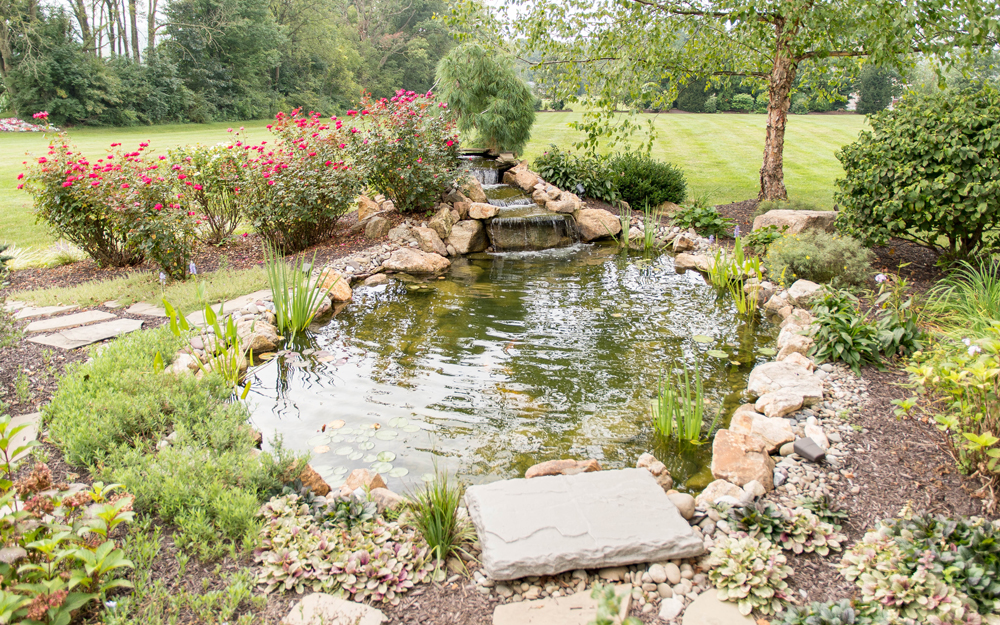Gardening Tips For
april and may
We deliver mulch! Although we can provide you with the dyed mulches, our triple shredded hardwood bark mulch is the same premium quality mulch we use on our landscape installations. This mulch greatly reduces the incidences of artillery fungus. Please allow two days for delivery. For more info, contact us today.

- 1. Fertilize perennials and ornamental grasses with a slow release fertilizer
- 2. Edge And Mulch beds and apply a pre-emergent weed control; apply 1-2 inches of aged mulch making sure that you pull the mulch back away from crown of the plant to avoid crown rot. Mulch helps control weeds and as it breaks down further it supplies organic material for the plants.
- 3. Apply a Fungicide at leaf break and again at petal drop to Crabapples for control of Crabapple Scab.
- 4. Maintain Roses be sure any new growth coming out below the graft you prune off. Remove all leaf and plant debris (they may harbor insect eggs and fungi). Use a preventive fungicide spray to control black spot fungus on hybrid teas every two weeks. Fertilize with a slow release granular fertilizer. When Summer brings hot weather add moisture at least once a week to root area not foliage, as water lying on foliage will cause fungi.
- 5. With the Last Frost of the season usually in April, early May is a safe time to plant annuals. Mix peat or other organic material into the soil at about 50/50 rate, add a slow release fertilizer into the top layer, hand weed until plants are established then apply pre-emergent when plants are established beyond tender stage.
- 6. Prepare Your Containers for vegetable and/or flowers. Make sure the containers have plenty of drainage holes; potting medium should drain quickly but retain enough moisture to keep roots evenly moist. Top dress with a slow-release fertilizer and using liquid fertilizer through the season will help maintain nutrients for good growth.
- 7. Prune Evergreens just after the new growth has flushed out. Some plants will flush new growth more than once in a growing season. Shearing is appropriate only when a hedge or formal appearance is required.
- 8. Post-Emergent Herbicide should be sprayed on weeds, as germination will increase, as the days get warmer. Be sure to read the product label carefully to avoid unintended plant damage.
- 9. Lace Bug affect Azalea, Rhododendron, Andromeda, and Cotoneaster-an application of dormant oil sprayed on the under side of the leaf will control this insect. Lace bug you can also control by using a systemic drench product.
- 10. Be Aware of Egg MSsing of Spotted Lantern Fly Check agricultural extension sites for pictures and methods to control this pest recently introduced into our environments


